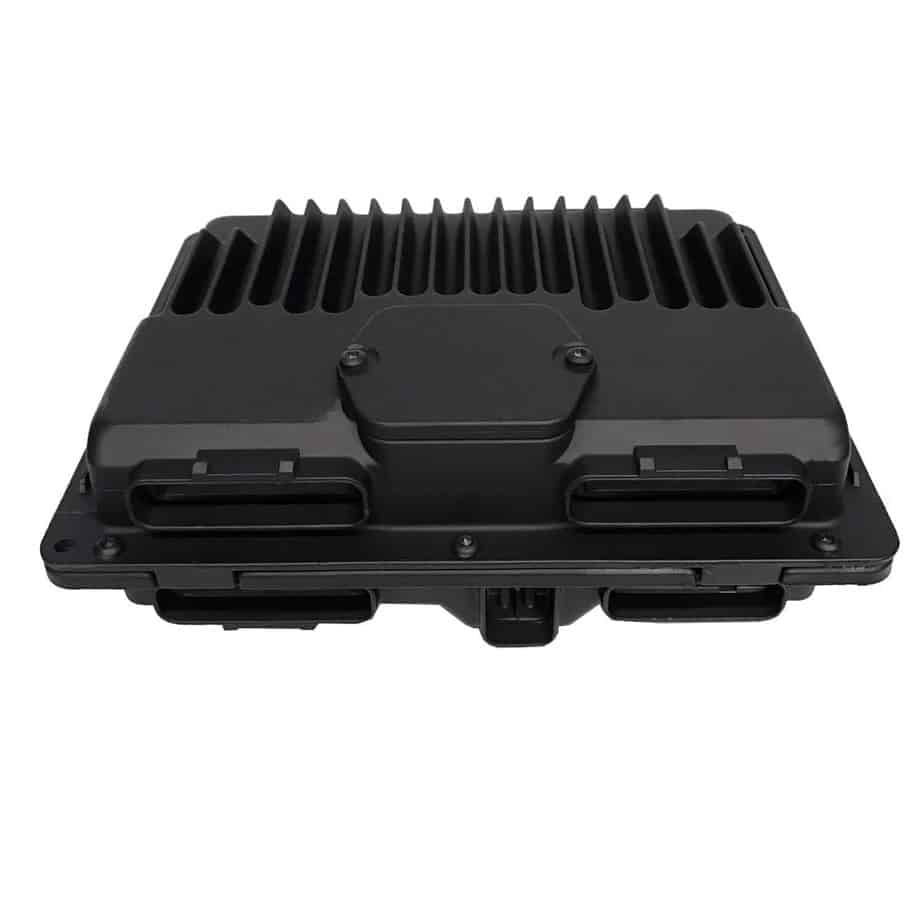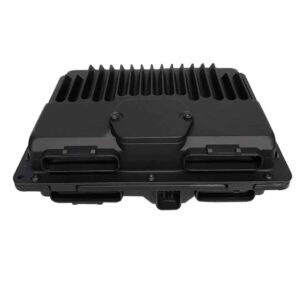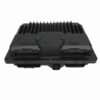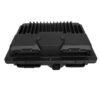Restore Peak Performance to Your GM Truck or SUV
If you’re dealing with frustrating issues like a persistent Check Engine Light, poor fuel economy, rough idling, or even a no-start condition in your 1998 GMC Envoy, the root cause is often a failing Powertrain Control Module (PCM). As a technician with over 20 years of experience, I’ve seen firsthand how a faulty PCM can create a cascade of problems that are difficult to diagnose. This isn’t just a part; it’s the central computer of your vehicle, responsible for managing everything from fuel delivery and spark timing to transmission shifting. When it fails, your vehicle’s reliability and performance suffer dramatically.
This replacement Powertrain Control Module is the definitive solution. We take the guesswork and hassle out of the repair by pre-programming the module specifically for your vehicle using your VIN. This means it arrives at your door with the latest GM software updates already installed, ready for a straightforward installation. You get a reliable, correctly calibrated part without paying for expensive dealership programming services.
Case Study: A Tricky Diagnosis
A customer brought in a ’99 Chevy Suburban with a complaint that stumped two other shops: it would randomly stall at stoplights, but only when the weather was hot. There were no consistent trouble codes, just a history of random misfires. After checking fuel pressure, spark, and all the usual suspects, I focused on the PCM. On these older GM trucks, I’ve seen the internal processors become sensitive to heat over time. We swapped in a VIN-programmed module like this one, and the problem vanished instantly. The owner went from being ready to sell the truck to having his reliable family hauler back on the road.
Is Your GM Truck or SUV Showing These Signs?
A failing PCM can manifest in various ways. If you’re experiencing any of the following, this module is likely the fix you need. In my shop, these are the classic symptoms we look for:
- ✔ Check Engine Light is on with codes like P0601 (Internal Control Module Memory Check Sum Error) or P0606 (ECM/PCM Processor Fault).
- ✔ The engine cranks but refuses to start.
- ✔ Unexplained drops in fuel mileage.
- ✔ Harsh or erratic automatic transmission shifting.
- ✔ Intermittent stalling, especially when warm.
- ✔ Noticeable loss of power and poor acceleration.
- ✔ Communication errors with your scan tool.
A Straightforward Guide to Installation
Installing your new 1998 Envoy Powertrain Control Module is a job most DIYers can handle with basic tools. Following these steps ensures a smooth process.
- Safety First: Always disconnect the negative terminal from your vehicle’s battery before starting any electrical work.
- Locate the PCM: On most compatible vehicles like the Envoy, Blazer, or S10, the PCM is located in the engine compartment, typically on the passenger-side (RH) fender well. On full-size trucks and vans, it’s usually on the driver’s side (LH).
- Disconnect the Connectors: Carefully unclip and remove the electrical wiring harnesses from the old module. These connectors have locking tabs that need to be released before pulling. Avoid forcing them.
- Remove the Old Module: Unbolt the old PCM from its mounting bracket. It’s typically held in by a few small bolts.
- Install the New Module: Mount your new, pre-programmed PCM onto the bracket and secure it with the bolts.
- Reconnect Everything: Plug the wiring harnesses firmly into the new module until they click into place. Reconnect the negative battery terminal.
- Final Check: Some vehicles may require a security relearn procedure, which can often be done by cycling the key. Turn the key to the ‘ON’ position for 10-15 minutes, then ‘OFF’, and repeat two more times before attempting to start the engine.
Verified Vehicle Compatibility
This module is a direct replacement for part numbers 16250279, 09366810, and 09355699. It is guaranteed to fit the following makes and models. Please verify your vehicle’s specific ID number to ensure a perfect match.
Blazer S10/Jimmy S15: 1998 (w/o build date opt ZN4; ID 16250279 or 16258815)
Bravada: 1998 (4.3L, w/o build date opt ZN4; ID 16250279 or 16258815)
Chevrolet/GMC 1500 Pickup: 1998-1999 (Gasoline, 5.0L/5.7L; ID 16250279)
Chevrolet/GMC 2500/3500 Pickup: 1998-1999 (Gasoline; ID 16250279)
Envoy: 1998 (w/o build date opt ZN4; ID 16250279 or 16258815)
Escalade: 1999 (ID 16250279)
Express/Savana 1500/2500/3500 Van: 1998 (Gasoline; ID 16250279)
Isuzu Hombre: 1998 (4.3L, w/o extended build date opt ZN4; ID 16250279 or 16258815)
S10/S15/Sonoma: 1998 (4.3L, w/o build date opt ZN4; ID 16250279 or 16258815)
Safari (GMC): 1998-1999 (ID 16250279)
Suburban 1500/2500: 1998-1999 (Gasoline; ID 16250279)
Tahoe/Yukon: 1998-1999 (Gasoline; ID 16250279)
Frequently Asked Questions
Why do you need my VIN?
Your Vehicle Identification Number (VIN) allows us to load the exact, correct software calibration from GM for your vehicle’s specific engine, transmission, and options. This ensures perfect compatibility and performance right out of the box.
Is this part difficult to install?
No, this is a plug-and-play part for most DIYers. With basic hand tools, you can typically complete the replacement in under an hour. The key is that our pre-programming service eliminates the need for special computer tools.
What is the difference between a PCM and an ECM?
The terms are often used interchangeably. ECM (Engine Control Module) was an older term. PCM (Powertrain Control Module) is more accurate for modern vehicles as it controls both the engine and the transmission functions.
Will this fix my transmission shifting problems?
In many cases, yes. The PCM controls transmission line pressure and shift points. If your module is failing, it can cause hard shifts, delayed shifting, or slipping. A new, correctly programmed 1998 Envoy Powertrain Control Module often resolves these issues.
Do I need to do anything after installation?
After installing the module and reconnecting the battery, you may need to perform a simple security relearn procedure (also known as a Passlock relearn). Instructions are readily available online or in your service manual, and it typically involves cycling the ignition key.



